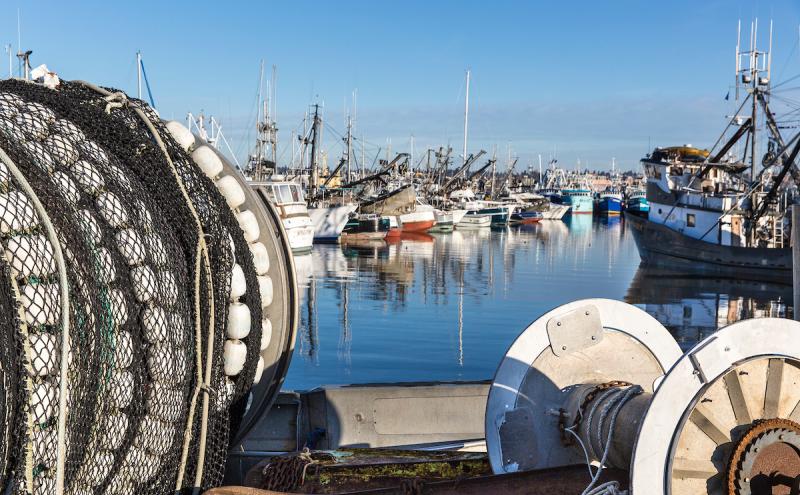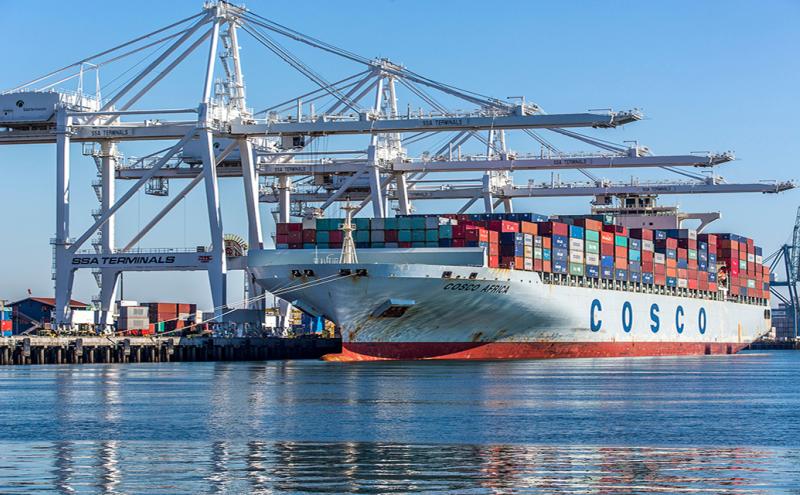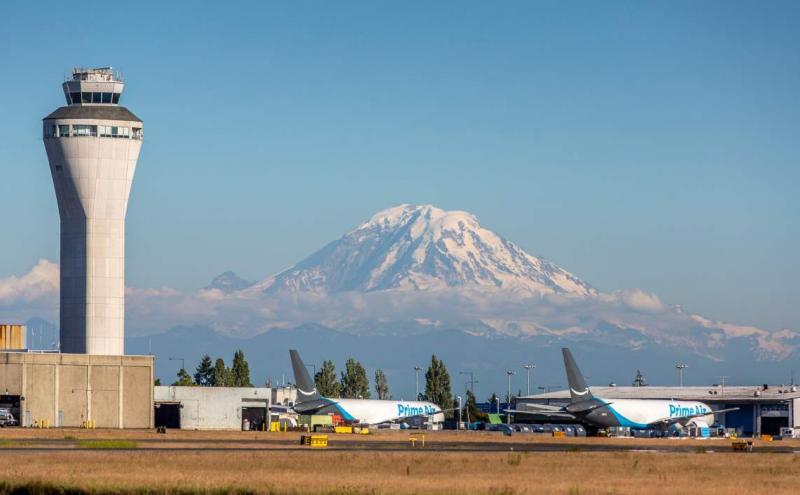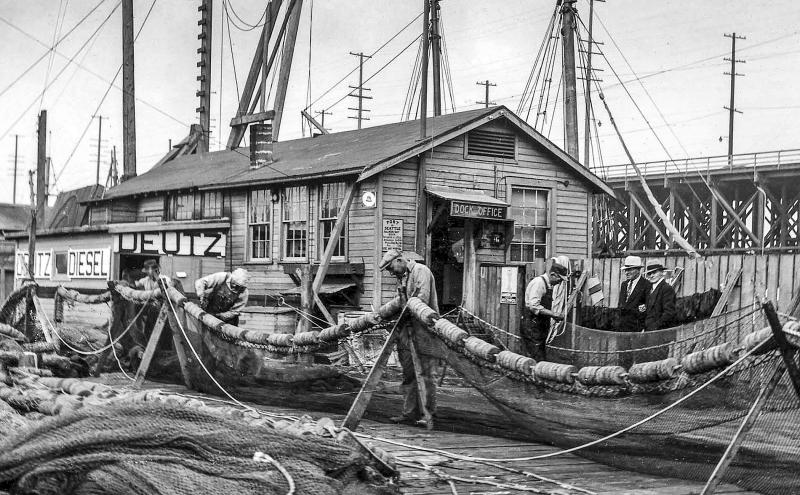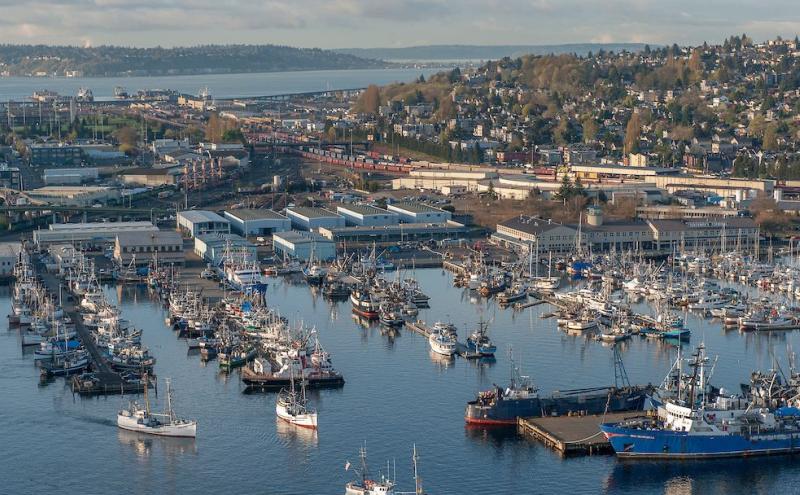
Water. It’s one of the most prominent elements of our region. And throughout history it’s meant life, connection, and a livelihood to everyone in the region.
The history of Seattle is closely tied to the development of the waterfront. One essential element for growth is having a strong, accessible, and publicly-owned port and waterfront, working for the benefit of the entire region, not just a select few.
According to the Washington Public Ports Association,
Ports are a unique animal — a public entity with a profit motive, or public enterprises. A port district’s primary goal is economic development for its community, with the end result of job creation. And not just jobs, but jobs that pay a family wage and encourage growth.
(Source: Washington Public Ports Association)
On the 110th Anniversary of the Port of Seattle, we bring you a few reasons ports are essential to Washington cities, our region, and the country. Happy Birthday to the Port of Seattle and hats off to all 75 Washington State ports!
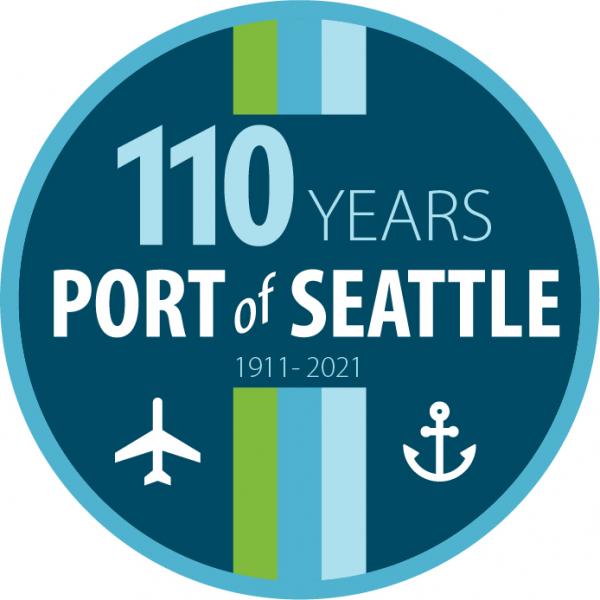
1. Ports keep the waterfront in the hands of the people
A little over a century ago, the biggest civic assets were under the control of private industry. Privately-owned railroad companies created a chaotic and fragmented network of railroad lines, docks, and warehouses along Elliott Bay. The railroads controlled access to the transportation hub, which they used to promote their own economic interests. They filled trains with the cargo that would make them the most money; but helping the farmers and merchants in our region importing and exporting commodities was not a priority.
Citizens at the time wanted publicly-owned marine facilities to foster more opportunities by sea. They understood that strong, competitive transportation was an essential component of economic growth.
To address this, the Washington State Legislature enacted the Port District Act on September 5, 1911 and created the Port of Seattle. Under the law, voters could create independent government bodies run by elected commissioners with the authority to operate harbor facilities to promote trade and economic growth. And to develop public wharves, piers, waterways, and transfer and terminal facilities, all essential elements to the region’s trade-dependent economy. (The law was later expanded to permit other activities like managing airports, general industrial or commercial development, and even tourism development.) (Source: HistoryLink)
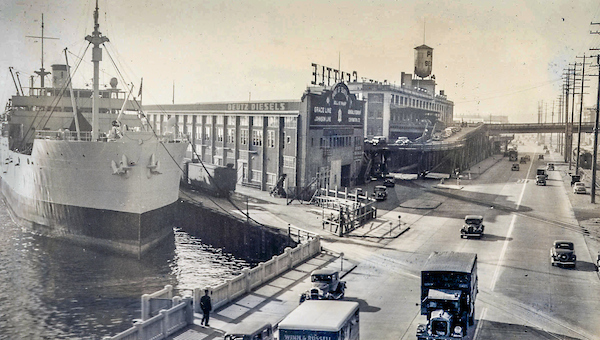
Having a port that acted in the best interests of the people of the state, rather than private industries, was an innovative — and controversial — concept at the time. But 100 years later, the Port is still serving the needs of our region and continuing to move people and things around the world.
The Port is working for you. And you can participate and provide feedback in outreach sessions, surveys and research, and Commission meetings.
- Get involved by watching an upcoming Commission meeting or reading past meeting minutes
2. Ports keep our region up to date and competitive
In 1918, the Port of Seattle was second only to New York City. During World War I Atlantic shipping was restricted, driving a boom in Pacific shipping. (Source: HistoryLink)
But things change over time and it’s essential to evolve and innovate to keep up. Fast forward to 2021 with the Northwest Seaport Alliance, a marine cargo operating partnership of the ports of Tacoma and Seattle. The first of its kind in North America, the NWSA is the seventh-largest container gateway in the nation, and a key economic transport hub. Started in 2014 as a result of competition from other local North American ports, the Port of Seattle and Port of Tacoma officially merged all marine cargo operations to collaborate, rather than compete.
As commercial ships grow larger, so must the equipment that serves them for our region to remain competitive as a shipping hub. Ports continue to modernize and evolve by adding new equipment, like the Super Post-Panamax cranes that recently arrived at Terminal 5.
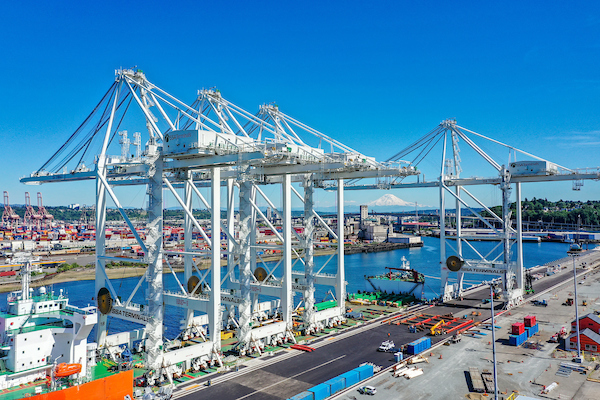
Container ports serving the large modern ships can only exist in a deep harbor like Elliott Bay which is deeper than the height of the Space Needle.
Ports preserve and protect industrial lands around the waterfront from private development so that commerce and trade can thrive not only now, but for generations to come. (Source: WPPA)
3. Ports improve your quality of life
Ports are the only public agencies in Washington State with the primary purpose of economic development. What exactly does that mean?
According to MIT Professor Karl Seidman, it’s
"a process of creating and utilizing physical, human, financial, and social assets to generate improved and broadly shared economic well-being and quality of life for a community or region."
(Source: Seidman, Karl F. (2005). Economic Development Finance. Thousand Oaks: Sage Publications. p. 5. )
That includes any activity that makes our region more attractive for investments leading to sustainable economic activity to bring wealth and social benefits to the local community. Things like fostering businesses and helping them grow, providing jobs for the local labor force, and attracting new businesses.
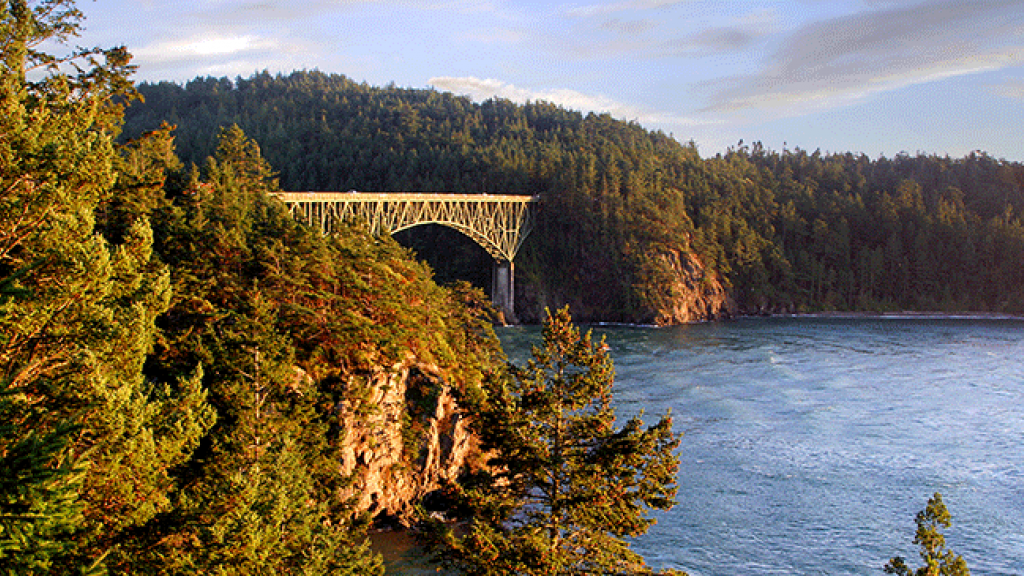
But economic development is not the only purpose of a port district. According to the WPPA, ports in Washington state have a broad and diverse set of functions granted by the law:
- Developing marine terminals, airports and other facilities for handling cargo and accommodating passengers
- Buying and improving pieces of property for lease or sale to private industry for industrial and commercial uses
- Providing air and water pollution control facilities
- Operating trade centers and export trading companies
- Establishing and operating foreign trade zones
- Providing environmental enhancement, protection, and public access
- Building and operating or leasing marinas and related facilities and providing public boat ramps for public use
- Promoting tourism as an economic stimulus within the port district
(Source: Washington Public Ports Association)
- Learn more about the Port’s economic development programs, including small and WMBE business support, workforce development, tourism development, and real estate.
4. Ports can make your life fun
In Seattle, you can take a walk, ride your bike, enjoy the view, fish from a dock, or take a sail — all from Port properties, parks, and public access areas.
- Take a sail from Shilshole Bay Marina
- Stroll along the waterfront at Centennial Park
- Check out the best view of the city skyline from Jack Block Park
- And explore the Duwamish River People’s Park and Shoreline Habitat — your newest park, coming in 2022
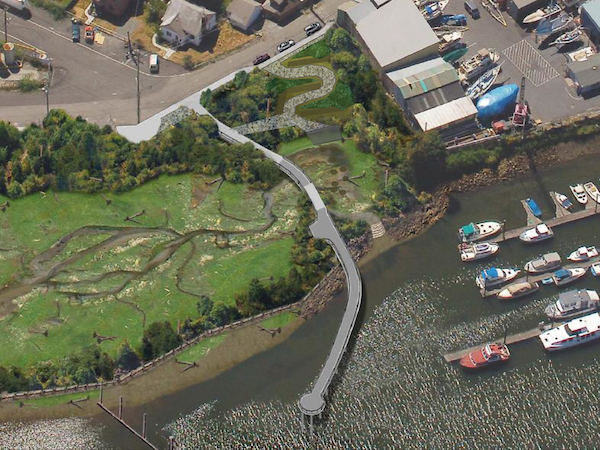
Although many of the Port of Seattle’s properties happen to be on the water, the funny thing is that being near a waterway is not a requirement to be classified as a Port. In fact, many airports are considered port districts, and they’re not always located near a body of water. Or, for example, the Port of Royal Slope in rural potato-producing Grant Country, happens to be 150 miles away from the Pacific Ocean.
According to the Washington Ports Association (WPPA):
The primary purpose of a port district in Washington State is economic development — and you don’t need a navigable waterway to do that. The Legislature has given ports broad authority to promote economic development — they can build and operate airports, marine terminals, marinas, railroads, and industrial parks, and in some cases, promote tourism.
5. Ports put seafood on your plate
Commercial fishing vessels based at Port of Seattle moorage supply 13% of the total U.S. commercial fishing harvest by tonnage. Boats from Fishermen’s Terminal, the first Port of Seattle facility, bring Alaska seafood to your dinner table — and to the world. Seafood is one of the top export commodities shipped out of the ports of Seattle and Tacoma, with a total value in 2016 of $637.9 million.
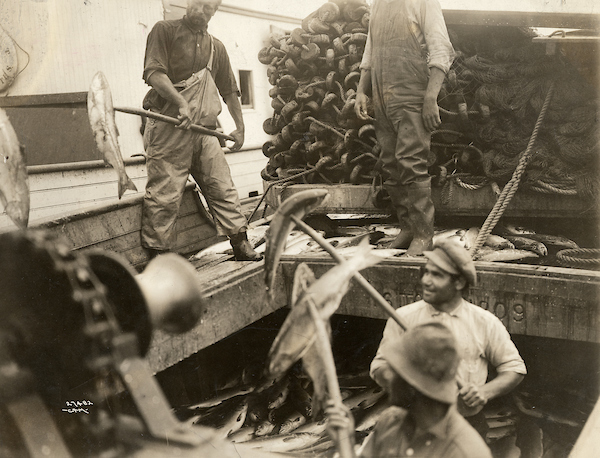
The top 10 seafood exports that come out of Seattle and Tacoma Harbors include: sockeye, pink, king, silver and chum salmon; halibut; Pacific cod, lingcod; rockfish, Pollock, and sablefish (black cod); crab, shrimp, clams, oysters and mussels
- Learn about the commercial fishing industry
6. Ports get Washington products to market and keep people working
People move to cities with the robust economies that fuel employment and housing prices. And part of that robust economy comes from the global trade and commerce infrastructure supported by ports.
According to the Trade Partnership Worldwide, one in every five U.S. jobs is linked to trade. (Source: Trade and American Jobs, The Impact of Trade on U.S. and State-Level Employment: 2020 Update. Prepared by Trade Partnership Worldwide LLC for Business Roundtable)
In Washington State, about 40% of all jobs are tied to trade, making our state one of the most trade-dependent in the nation. In 2018, Washington was the fourth largest state for exports by value for merchandise and commodities. (Source: The Export-Import Bank: Impact on Washington State Trade, 08/01/2019, Washington Council on International Trade)
Top Five Export Trade Partners from SEA Airport (by value)
1. China = $1.7 billion
2. United Kingdom = $ 1 billion
3. Vietnam = $830 million
4. Malaysia = $644 million
5 the Netherlands = $627 million
Top Five Ports for Maritime Cargo Exports (by container volume)
1. Gwangyang, South Korea = 59,665 containers in 2020
2. Tokyo, Japan = 58,000
3. Kaohsiung, Taiwan = 53,128
4. Busan, South Korea = 51,634
5. Shanghai, China = 33,022
(Source: Northwest Seaport Alliance 2020 Annual Report)
Watch how Taylor Shellfish utilizes SEA Airport to get its perishable products to global markets
8. Ports get you your stuff
All that stuff you ordered online during COVID-19? With 80% of the world’s cargo traveling by sea, chances are it came by ship in and out of a port.
The Port of Seattle is the first and largest of the 75 public port districts created in Washington, which has the largest locally-controlled public port system in the world.
Washington State has 2% of the U.S. population, but its ports handle 7% of U.S. exports and 6% of all imports. (Source: Washington Public Ports Association)
According to the Northwest Seaport Alliance 2020 Annual Report, the top five ports of origin for goods coming into the region are:
- Yantian, China
- Shanghai, China
- Ningbo, China
- Qingdao, China
- Ho Chi Minh City, Vietnam
And that’s just by sea.
Goods also fly into the region through the thriving air cargo market at Seattle-Tacoma International Airport (SEA), one of the top 20 cargo airports in North America. It’s an ideal air cargo gateway halfway between Asia and Europe and is served by multiple nonstop all-cargo freighter service and significant belly cargo capacity on nonstop wide-body passenger flights.
And Amazon’s air fleet lives at Seattle-Tacoma International Airport.
8. Ports take you on vacation
Cruising to Alaska or jetting off to Maui to warm your freezing toes in February? Have fun using your Port facilities!
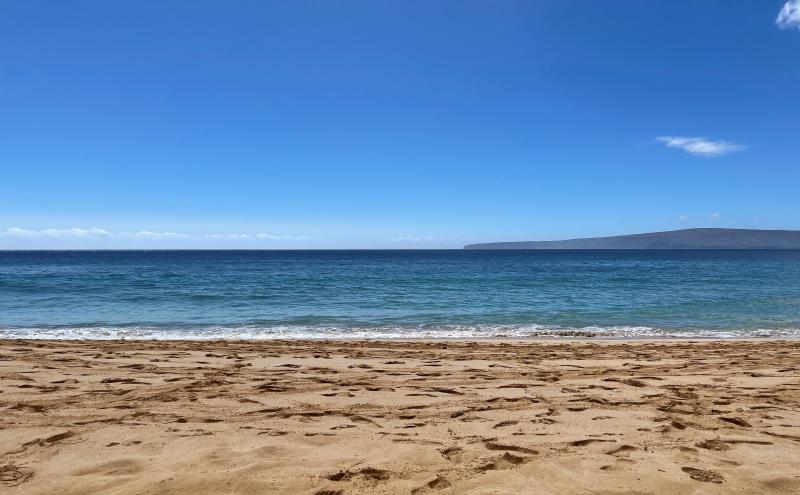
Before the pandemic, the Port of Seattle cruise terminals hosted 216 vessel calls in 2018, bringing $4.2 million per vessel call. That’s $893.6 million dollars a year.
SEA Airport is our gateway to the globe, with 30 airlines connecting to 91 non-stop domestic and 27 international destinations.
9. Ports help Washington farmers grow
Washington agricultural products are exported to the world. For example, the top agricultural commodities exported by sea are:
- Hay
- Frozen potato products
- Dried distillers grain
- Apples
- Legumes like peas, beans, and lentils
- Animal feed
- Soy beans
- Pork
- Corn
(Source: NWSA 2020 Annual Report)
See how one Yakima fruit company gets its products to global markets using SEA Airport
9. Ports create new natural habitats
Because most ports are in urban areas, ports have the opportunity and responsibility to improve new natural areas through restoring or creating new habitats.
Shoreline development can greatly impact natural aquatic habitats. Any shoreline development projects go through a rigorous environmental review process from federal and state agencies that require that any habitat lost because of shoreline development be replaced.
- Learn about the largest habitat restoration in a generation at the Duwamish People’s Park and Shoreline Habitat
Watch how the Port is creating new habitats for kelp, Olympia oysters, and eelgrass in the Smith Cove Blue Carbon project

